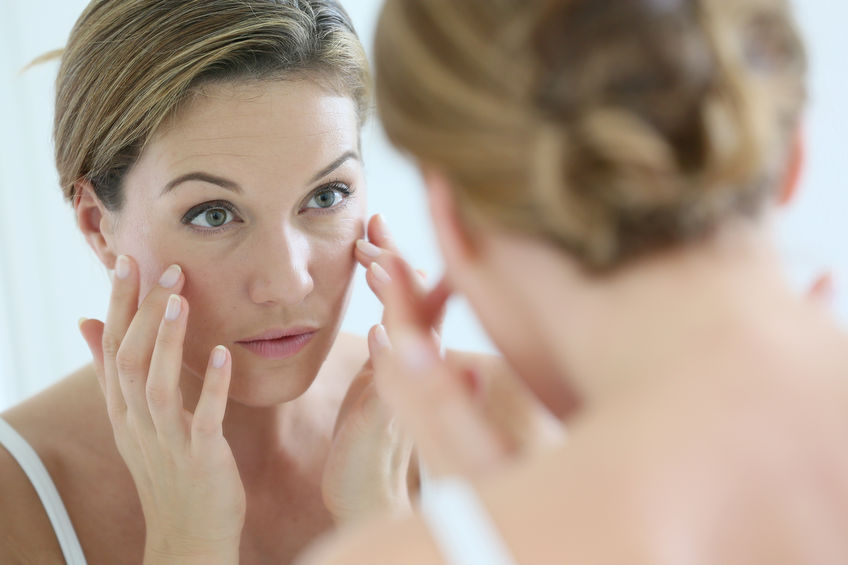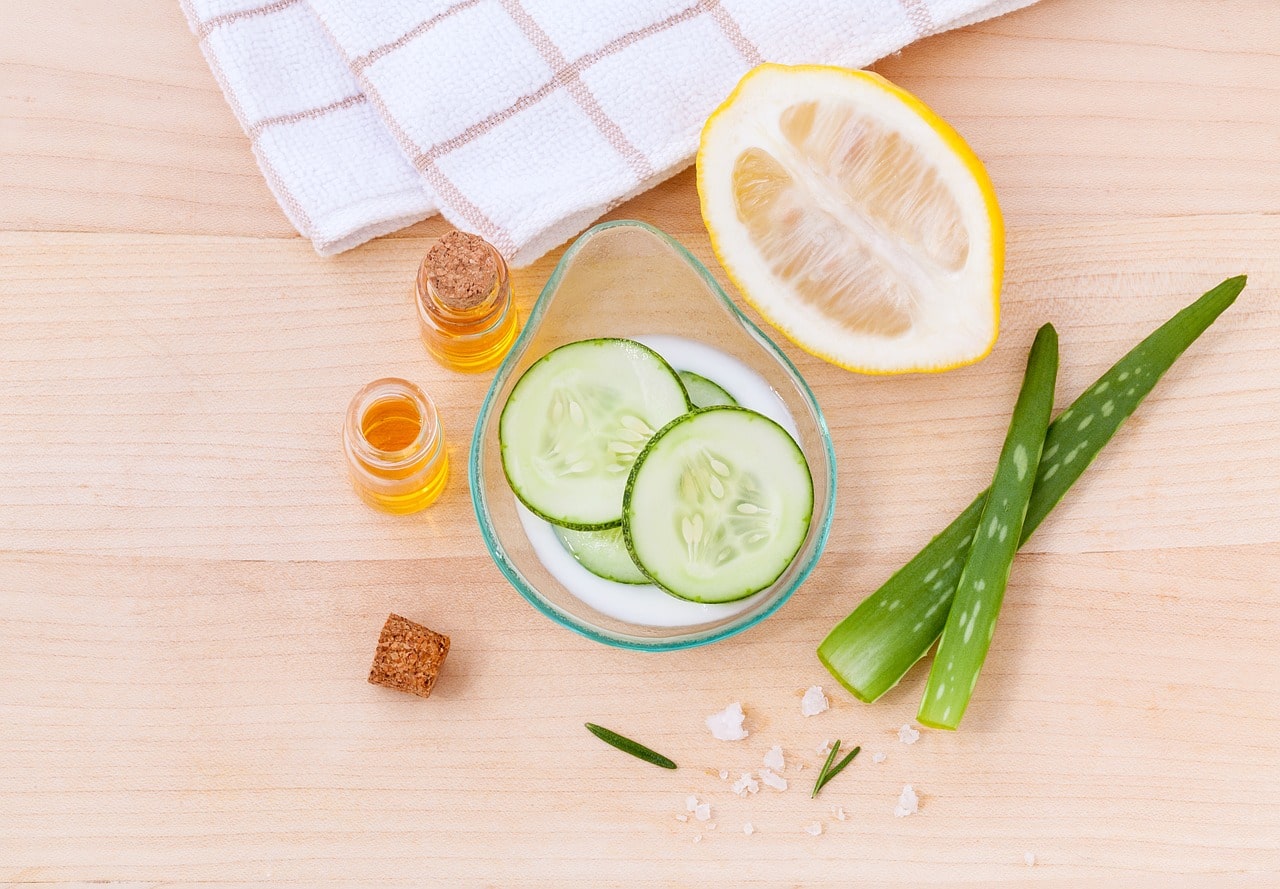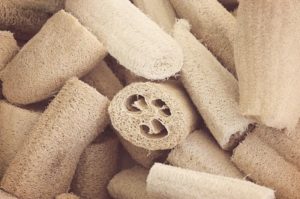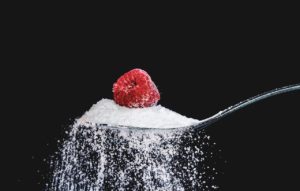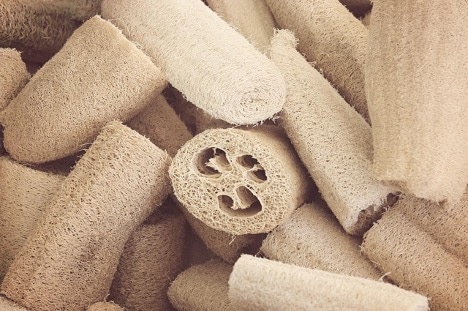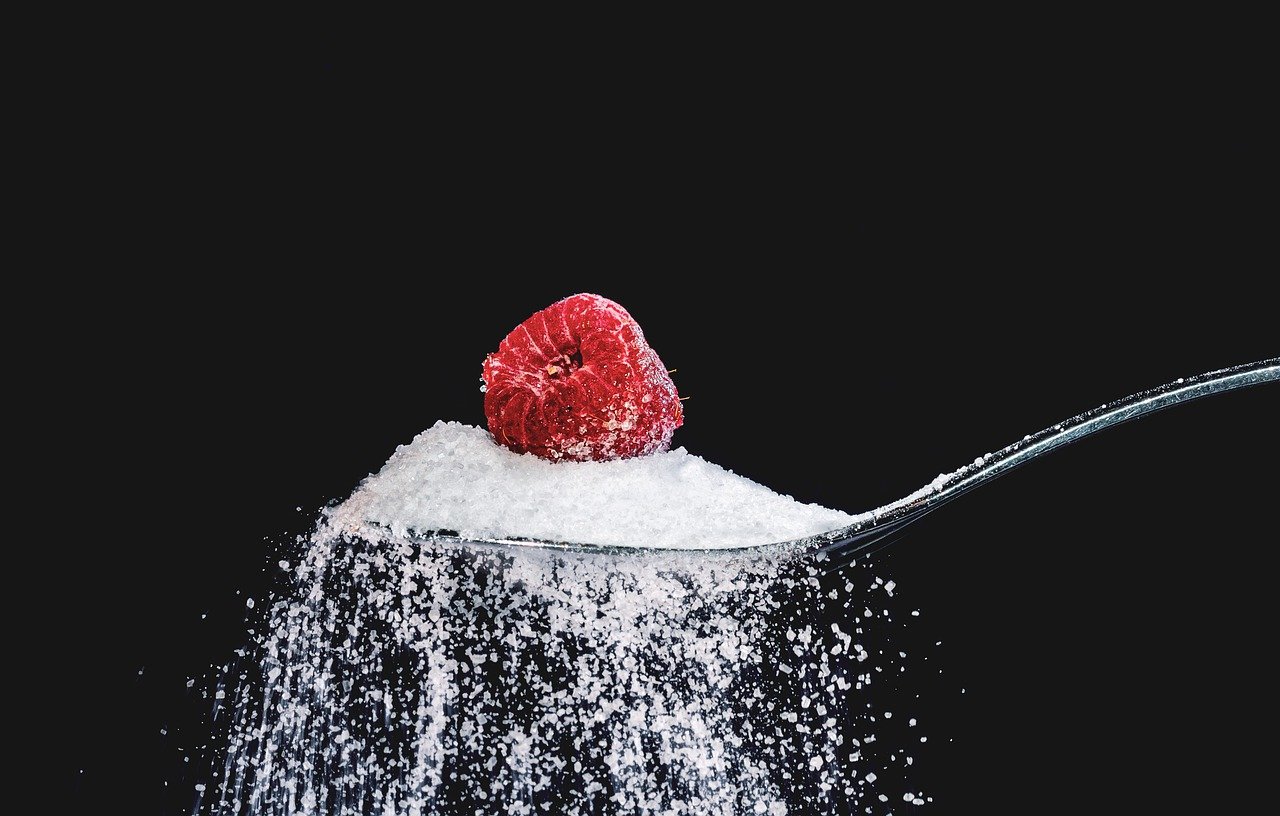Moisturisers, lotion, and other treatments notwithstanding, skin health revolves around several key nutrients. Our skin is the largest organ of our body. Skin cells make up tissues which make up organs and our skin is a truly remarkable organ.
It wields the power to protect our muscle tissues from exposure to the world of bacteria and pathogens.
It allows for the creation of hair follicles, giving us one of our most prized possessions – our head of hair.
It plays host to astonishing bacterial community which keeps us healthy by creating a buffer-zone between harmful foreign bacteria and our bodies.
Many important nutrients account for skin health, but there is one which stands out as the most vital.
Collagen peptides make up the amino acids utilized to build and repair skin tissues. While other important skin nutrients maintain skin health, there would be no skin at all without collagen. Without it, wounds would heal much more slowly, or not at all.
Collagen is becoming more and more popular as a fortification agent for hair, skin, nails, bones, and teeth. Popular medical and scientific podcaster Ph.D. Rhonda Patrick, who is a general expert in the field of aging, considers collagen to a must-have supplement for people looking to slow the aging process.
Collagen was in a lot of the foods we ate as primitive hunter-gatherers, such as the bones, tendons, and marrow of animals. These days almost no one in the western world eats marrow or bone or tendon, and so much of the most collagen-rich foods have been absent from our diet for years.
Many common diseases resulting from a lack of collagen are:
- Osteoporosis from brittle bones and weak joints is common.
- Aging skin from a lack of elastin and fibroblasts is the most common.
- Accelerated advance of wrinkles in the skin of the hands, face, and feet.
- Rashes from bacteria entering old, weak, or dead areas of skin also results from low collagen intake.
How to get more collagen in your diet
Below are some great examples of collagen-rich foods and supplements you can add to increase your dietary intake of collagen and delay aging, wrinkling, and joint capitulation.
1. Kettle and Fire Bone Broth
The absolute game-changing advent of Kettle and Fire subscription or bulk order bone broths and soups had health and fitness experts across America jumping for joy. Their website contains testimonials from top health and fitness coaches and authors, as well as a wide selection of bone broths and soups from poultry and ruminant bones.
You save money if you order in bulk, and you can also set up a subscription service so you never worry about missing it. They have tasty bone broth-based soups like lemongrass pho, and Thai curry, for those not entirely enthused about the taste of bone broth.
The collagen content in these products is very high, and you might find yourself getting rid of several other products after a few weeks of regular consumption.
2. Hydrolyzed Collagen Moisturizers
The hydrolyzed molecule of collagen absorbs faster through the skin than non-hydrolyzed. Bellaplex, a popular moisturizer containing hydrolyzed collagen, and the FDA-approved and scientifically formulated anti-aging peptide complexes Argireline and Matrixyl 3000, is a great affordable choice to inject without injecting – a powerful dose of peptides and amino acids including collagen directly into an area that needs it.
3. Hydrolyzed Collagen Powder
While it may be less convenient than a capsule or tablet, the reason most doctors recommend dietary sources of nutrients is because capsules or tablets can easily go un-absorbed by your body.
Hydrolyzed collage powders on the other hand, do have a great proliferation and absorption rate, and therefore represent a much better source than tablets or capsules. This is probably the cheapest way of getting hydrolyzed collagen into your diet, but that would also depend on what brand you buy. This is one of the best value for quality + quantity that we found on Amazon.
Collagen powders usually don’t taste much like anything, but they can have a mucous-y texture when mixed into a glass of water. If you are the kind of person that likes to make shakes and smoothies, then collagen powder is the perfect option for you.
4. Add these two foods into your diet
Red meat and seafood are great sources of collagen, especially bivalves like oysters. However since most people enjoy those things anyway, here are two food groups you might not be so keen on, but that could seriously increase collagen production and availability.
Dark leafy greens – anything darker than lettuce, are probably the second most important food group for humans, and they are packed full of good nutrients especially vitamin C which is very important in collagen synthesis.
Ligaments we mentioned earlier, and though they aren’t commonly eaten in America, they are a delicacy around the world. Ligaments contain all types of collagen peptides, and are 85% collagen by composition. It would be hard to imagine any food being richer in collagen than that. Stop by an international market, and you’ll probably find some. You don’t need to eat a lot of ligament to get your daily allowance of collagen, so don’t be too depressed.
Instead try and find some delicious recipes, cook a lot of it at once, and eat it in small amounts throughout the week.
Is there truly a “fountain of youth”? Can we really reverse aging? Answer to both questions is “yes,” but in Read more
What to do once you reach the age of 50? Life seems to come to a standstill, doesn’t it? Well, Read more
Pimples are irritating. They are one of the worst nightmares for a woman. And pimple scars? They are like death Read more
Feet – sigh! How often we take them for granted! They take us to places; they support our bodyweight; they Read more
Heather L
Heather is a qualified journalist and a certified nutritionist specialising in health products.



